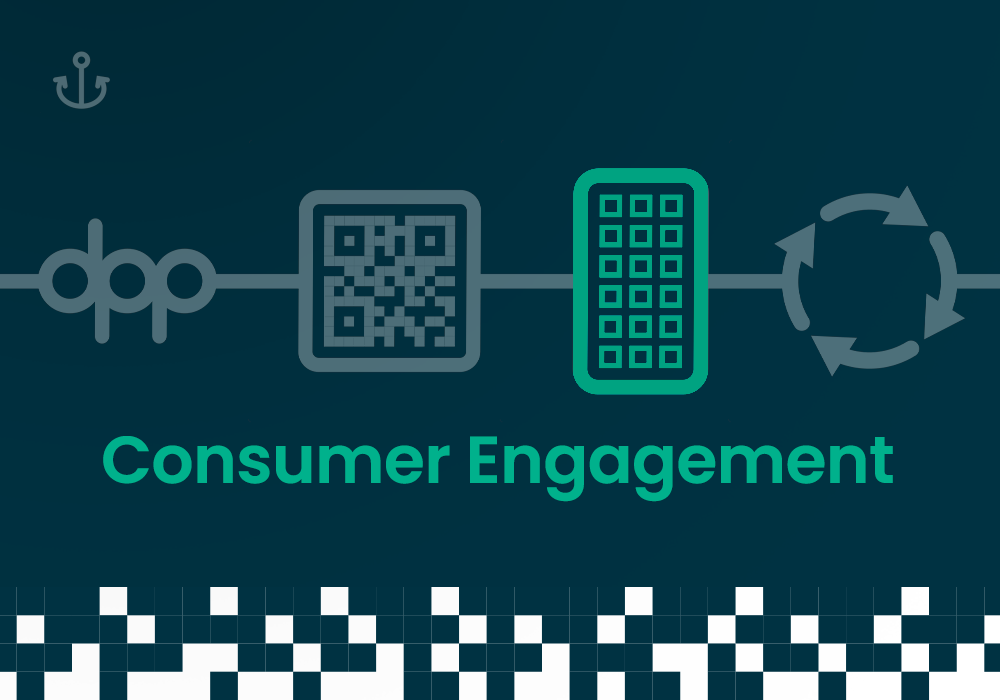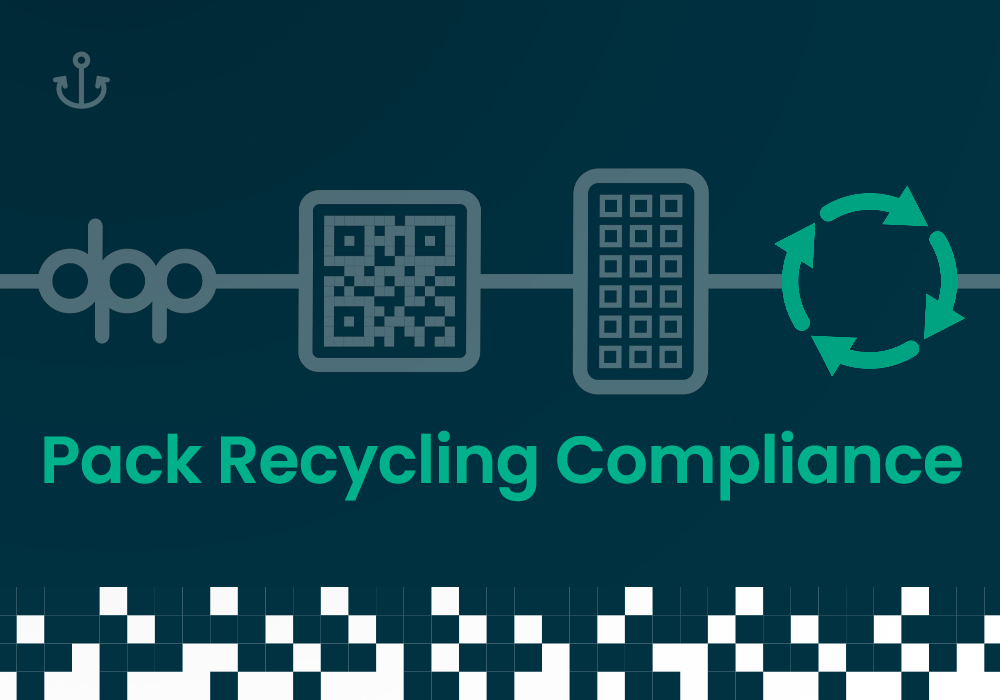Buyerdock on Digital Product Passports
Sustainability is no longer optional. With shifting regulations and rising consumer expectations, brands must adopt smarter, more transparent ways to manage product information. The Digital Product Passport (DPP) is at the core of this transformation, and at Buyerdock, we help brands turn compliance into a competitive advantage.
Set to roll out in phases across the EU, the DPP will reshape how product data is captured, shared, and trusted. It’s not just about ticking regulatory boxes; it’s about building transparency, traceability, and long-term brand value.

What is a Digital Product Passport?
The Digital Product Passport (DPP) is a dynamic digital record containing structured, product-specific data—everything from sourcing and materials to environmental impact and end-of-life instructions. It is a foundational element of the EU’s Ecodesign for Sustainable Products Regulation (ESPR).
Designed to travel with the product, the DPP ensures data is accessible to consumers, regulators, retailers, and supply chain partners. For businesses, it offers the chance to modernise product transparency while meeting upcoming legal obligations.
Why Does It Matter Now?
The European Commission has made it clear: product transparency is central to its sustainability agenda. The DPP will soon be mandatory for many product categories sold in the EU. Brands that are not prepared risk non-compliance, while those who act early can lead with trust and innovation.

The Key Benefits of the Digital Product Passport
- Compliance-Ready
Stay ahead of regulatory deadlines with structured, auditable product data.
- Consumer Transparency
Build stronger customer relationships with accessible, verified product information.
- Sustainable Operations
Support circular economy goals through better data on recyclability, durability, and sourcing.
- Traceability
Enable seamless tracking across the entire product lifecycle—from raw materials to post-sale disposal.
- Digital Integration
Integrate with systems like ERP, SCM, and PIM for efficient data flow.
What Information Will Be Required?
Exact DPP data fields will vary by product category, but typically include these key elements. Each data point contributes to a clearer, more complete picture of the product’s lifecycle.

Who Needs to Prepare?
- Manufacturers and Importers
Primary data providers
- Retailers and Distributors
Data transmitters and verifiers
- Regulatory and Compliance Teams
Oversight and verification
- Sustainability Leads
Strategy and implementation
- Technology Partners
Systems and integration
Whether you’re a global brand, a regional manufacturer, or a distributor, the DPP will affect your operations. If your products are sold in the EU, you need a roadmap for compliance.
Timeline to Compliance

The rollout of DPPs will begin in 2026, with high-impact product categories such as textiles, batteries, and electronics leading the way. New categories will be added through 2027 and beyond.
Early preparation is key to avoid disruption.
Key Dates

How Buyerdock Supports DPP Readiness
With Buyerdock, brands gain a future-proof solution that meets today’s needs—and tomorrow’s regulations.
- Dynamic iQRcode™
Connect physical products to live digital profiles
- Customisable Web Apps
Enable brand storytelling, compliance, and traceability
- On-Pack Compliance Tools
Align with recycling and regulatory requirements across EU markets
- PIM-Optimised Architecture
Streamlining the import and maintenance of product data, ensuring your data stays accurate and synchronised across systems
A great example is Edinburgh Gin. They used Buyerdock to meet EU packaging rules without altering their carefully designed labels. Now, they’re expanding Digital Product Passports across brands to share richer stories and engage consumers—digitally and without adding packaging clutter.

To see how brands are already putting these principles into action, explore our latest case studies. Discover how companies are using Buyerdock to meet regulations, preserve packaging design, and connect with consumers—digitally and effortlessly.





